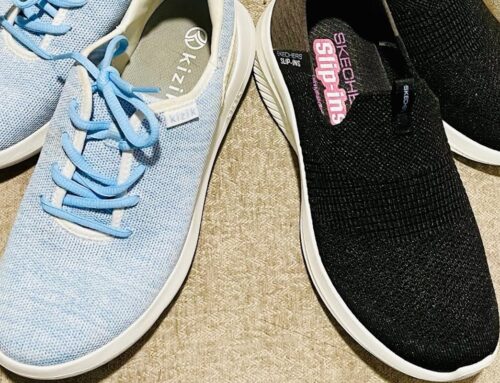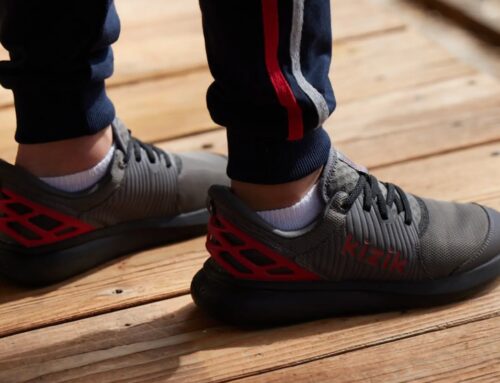When selecting hands-free shoes, men should prioritize features that offer both convenience and durability without sacrificing comfort and style. Hands-free shoes have become popular for their slip-on functionality, making them ideal for busy individuals, travelers, and those who seek added convenience. Here’s a breakdown of what men should look for to ensure the best fit and performance from their hands-free shoes.
1. Easy Slip-On Design
The main appeal of hands-free shoes is their ability to be worn without using your hands. Look for designs with a structured heel that allows your foot to slide in easily while still holding its shape. Brands like Kizik and Skechers have developed models with flexible heel technology, which makes it easy to step in and out without damaging the shoe over time. Some styles have elastic or collapsible backs designed to rebound into place, keeping the shoe snug without the need for laces or zippers.
2. Comfort and Support
Comfort is essential, especially for men who spend long hours on their feet. Look for shoes with cushioned insoles, such as memory foam or EVA foam, which provide a good blend of shock absorption and support. Also, check if the shoe has adequate arch support, especially if you have specific foot needs like high arches or flat feet. Many hands-free shoes, including options from brands like Allbirds, offer orthotic-friendly designs that can accommodate custom inserts.
3. Durability and Materials
A shoe’s longevity depends on the quality of its materials. Many hands-free shoes incorporate durable materials such as leather, suede, or performance mesh. Leather options offer a classic look and tend to age well, while mesh and knit materials offer breathability and flexibility. Water-resistant materials or treatments are particularly useful for men who need a reliable, year-round option. Look for quality stitching and materials that will resist wear over time, especially if you plan to use these shoes daily.
4. Traction and Sole Quality
A good sole is critical for hands-free shoes, particularly in varied weather conditions. Look for shoes with rubber soles that provide non-slip traction, as they offer more stability on wet or uneven surfaces. Some brands incorporate grooved or lugged outsole patterns that enhance grip, making them a better option for those who plan to wear their hands-free shoes outdoors or in rainy conditions.
5. Style and Versatility
The hands-free shoe market has expanded to offer numerous styles that fit different lifestyles. From casual sneakers to smart-casual slip-ons, consider where you’ll be wearing the shoes most often. Neutral colors like black, brown, and gray can be paired easily with most outfits and occasions, while bolder colors may be a good fit for more casual settings. Brands like UGG and Cole Haan have options that blend formal and casual aesthetics, offering a polished look with hands-free functionality.
6. Fit and Sizing
The right fit is crucial, as hands-free shoes should be snug enough to stay secure but easy to slip on and off. Many brands offer sizing guides to help with fit, especially if they use unique technologies for a custom feel. It’s worth checking for reviews on fit, as some brands run narrow or wide depending on the model.
7. Price and Value
Hands-free shoes come in a wide price range, so it’s worth considering your budget and the features you need most. Higher-end options may offer premium materials and advanced support features, while budget options can still offer comfort and style without extra frills. Prioritize value based on the shoe’s intended use and frequency—investing in a more durable, supportive pair may save you money in the long run.
Conclusion
Hands-free shoes offer men the convenience of easy wear while providing comfort and durability. By focusing on features like support, materials, and versatility, men can find the ideal hands-free shoe that fits both their lifestyle and budget.




